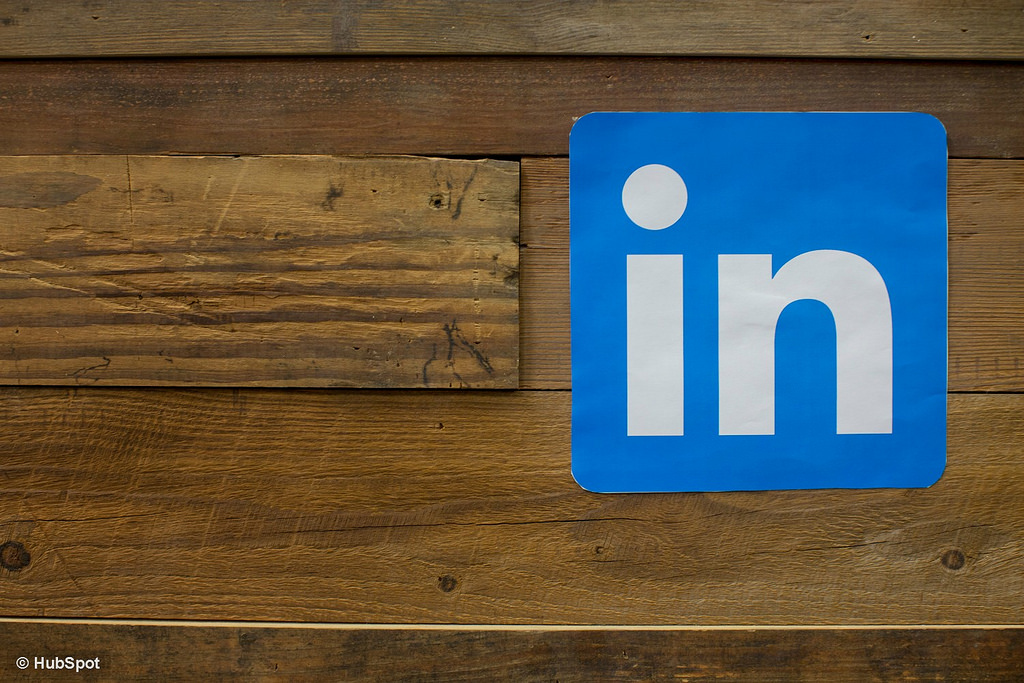
Time is limited. An organisation with a limited marketing budget must often make a choice to either use or abandon social media. And if they use social media, which platform should they invest energy and time into?
According to the Sensis Social Media Report, May 2015, LinkedIn only attracts 28% of Australians. Should social media managers therefore invest all their time into Facebook?
Not necessarily.
While Facebook has the highest user base in Australia, it may not be the best way to communicate with your particular target audience. The choice depends on your social media strategy (read our thoughts here).
Why is LinkedIn such a suitable platform for businesses, Government, not-for-profits and other organisations? Because it is the only platform where every user is acting in a professional capacity. Each user, in order to gain credibility, makes their work history, experience and expertise available to the community. They sit under the organisation’s umbrella, and therefore, the expertise of the employees that comprise the organisation is also completely available to the community. No other platform combines individuals together by organisation. As a result, outsiders are able to network and engage with the humans behind the organisation. Moreover, LinkedIn is the preferred platform for lead generation by B2B marketers.
The only difficulty with LinkedIn is that, unlike Twitter and Facebook, an organisation is not able to follow other individuals and organisations. While this appears to make marketing an organisation difficult on LinkedIn, there are ways to get around it and in the long term, the user benefits as spam is avoided and the organisation acquires its audience via credibility, not by simply following as many people as it can.
Here are five tips for your LinkedIn strategy.
1. Engaging status updates
Post compelling thought leadership material to your company page and it will speak for itself. Create a hub of information that is useful to your readers. Think about what you would want to read if you were part of the target audience. Share the content of others – this shows that you care about providing a useful information source over self-interested marketing.
Like and comment on other thought leadership material. This shows that your organisation is innovative and it is another way in which you can demonstrate your expertise.
2. Showcase pages
If you have different areas of expertise or you are able to categorise your stakeholders into different groups, then it is likely that showcase pages will be useful to your organisation. Read more here.
3. External LinkedIn promotion
Promote your LinkedIn page – the hub of information for the latest developments in your organisation – through other elements of the marketing mix: your website, enews, Facebook, Twitter, advertising, blog articles etc.
4. Engage employees
Reach new audiences by encouraging employees to become advocates for the organisation via their personal pages.
The individual has the power to also post long form posts.
5. Slideshare
Login to Slideshare (a LinkedIn company) and present your information in the form of presentations or infographics. In this way, your expertise reaches a new audience.
Your organisation, and employees, can also promote your slides via status updates.
–
The tips above provide a starting point for your LinkedIn strategy. So while Facebook and Twitter are obvious go to social media platforms, you should consider LinkedIn. It may just be the most valuable and efficient tool for driving stakeholders to your website.


